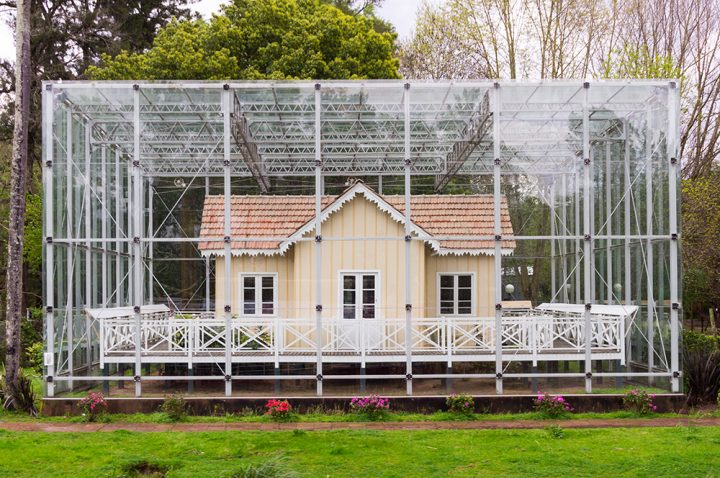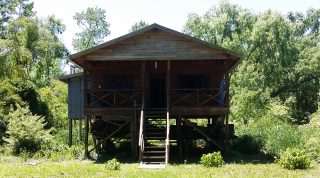Case dell’altro mondo. Abitare impopolare nei luoghi di frontiera dell’Argentina
Testo di Davide Luca

Casa Museo Domingo Faustino Sarmiento – photo by D. Luca
Città “popolare” rimanda all’idea di folla, di moltitudine, alludendo in maniera implicita ad una struttura sociale, politica ed economica fondata sulla divisione in classi (elitario vs popolare; nobile vs plebeo). Questo modello ha trovato espressione fisica in quella invenzione del vecchio mondo chiamata appunto “città”. Un dispositivo questo, in grado di agglomerare e concentrare su se stesso cose e persone, generando spesso come sottoprodotti conflitti sociali e disparità economiche, sempre più evidenti nelle megalopoli contemporanee.
C’è stato però un tempo nella storia urbana del mondo nel quale si era manifestata la possibilità di scelte insediative alternative a questo “cortocircuito urbano”, che spesso in maniera forzosa e autistica sembra incatenarci alla città, vista come unico destino e orizzonte possibile per l’umanità.
Nel mondo ispanico la parola “popolo” si traduce con “pueblo” che vuol dire anche “villaggio”. La ricerca di una vera civiltà del vivere e dell’abitare “popolare” sta forse proprio nella piccola dimensione comunitaria del villaggio? Può sembrare un discorso anacronistico, in tempi nei quali lo scenario sembra tendere verso una urbanizzazione totale del mondo, una “gobal city” senza via d’uscita. C’è stato un tempo – quello delle migrazioni nel nuovo continente del XIX e XX secolo – nel quale molti hanno scelto di abitare senza popolare…Finita l’epopea delle grandi fondazioni di città anche nel nuovo mondo, molti migranti e coloni europei, in genere provenienti dalle regioni rurali del continente, rifiutarono la città, spingendosi alla ricerca di nuovi spazi, in cui realizzare il proprio sogno individuale attraverso un nuovo e allo stesso tempo antico atto: la costruzione della propria casa.
Houses of the other world.
Unpopular dwelling in the frontier places
of Argentine
translations by Davide Luca

house type, Tigre, Argentina – photo by D. Luca
The concept of “popular” city reminds the ideas of crowdness and moltitude, referred to a social, political and economical structure based on class division (elitist vs popular; noble vs plebeian). This model found its expression in that creation of the old world called “city”. A device able to gather and accumulate things and people, often giving as an output social conflicts and economic inequalities even more evident in the contemporary megalopolis.
There was a time in the urban history when you had the possibility to inhabit and dwell in different way from the classical urban “short circuit”, that seems to be the only destiny for mankind on the planet.
The word “people” can be translated into the Spanish “pueblo” that means “village”. Maybe, the search for a real and authentic civilization can be found in the small comunitarian dimension of the village? It can sound anachronistic, in the present time in which the scenary seems to tend towards a total urbanization, a sort of “global city” with no way out.
There was a time – that one of the migration movement to the new continent in the XIX and XX centuries – when many people decided to inhabit without populate…After the age of the big foundation of the cities even in the new world, many migrants and European colonizers, generally coming from the rural regions of the old continent, rejected the city, deciding to push themselves in search of new spaces, in which to set up their individual dream by a new and at the same time old action: to build their own home.
